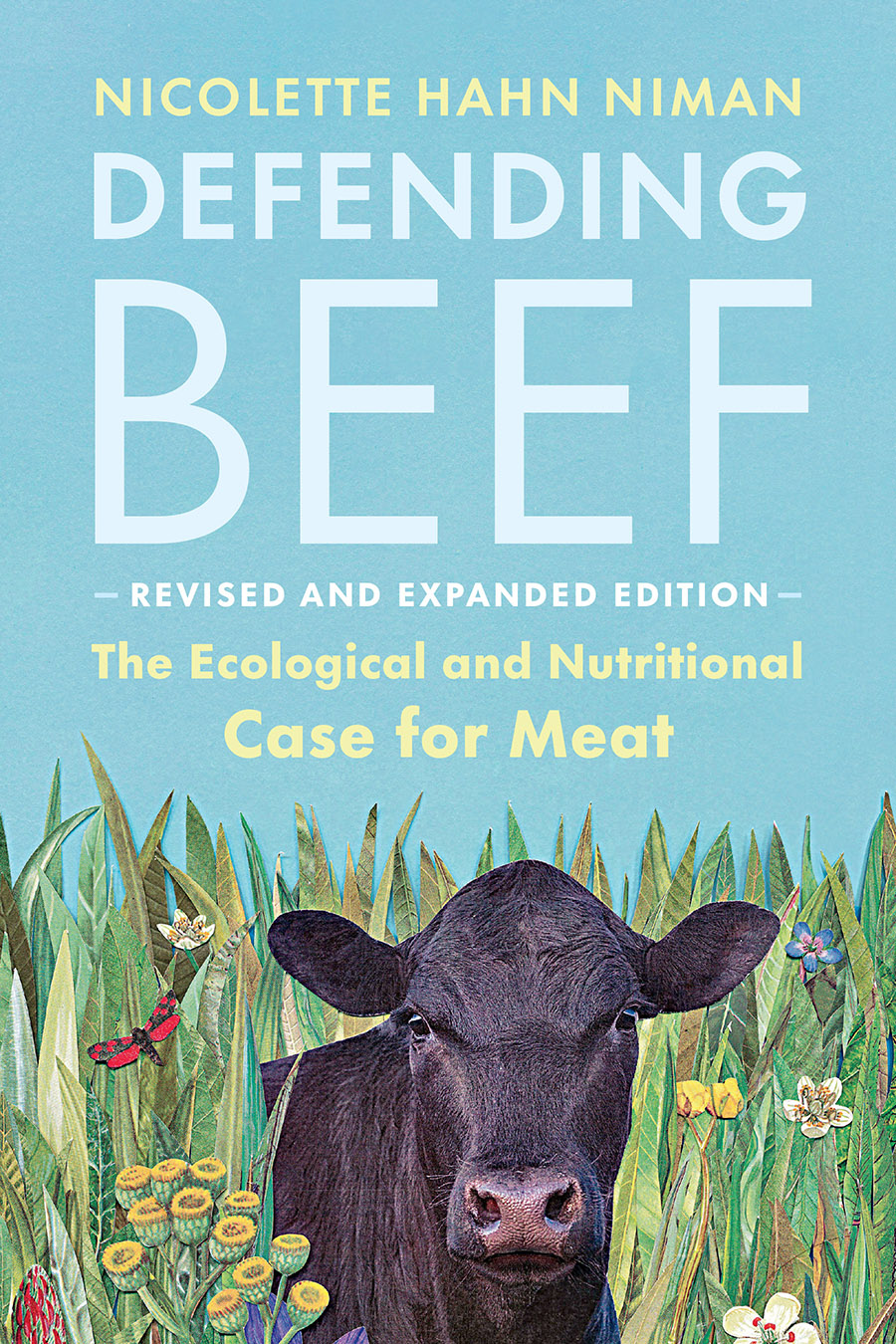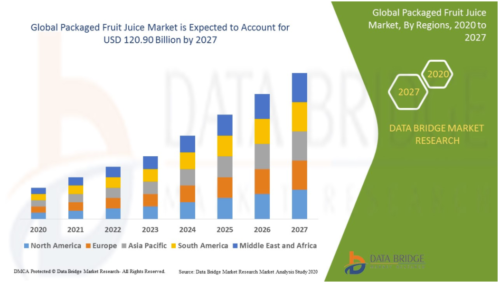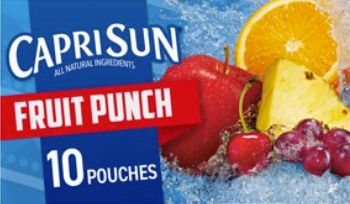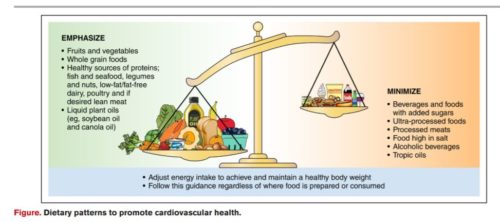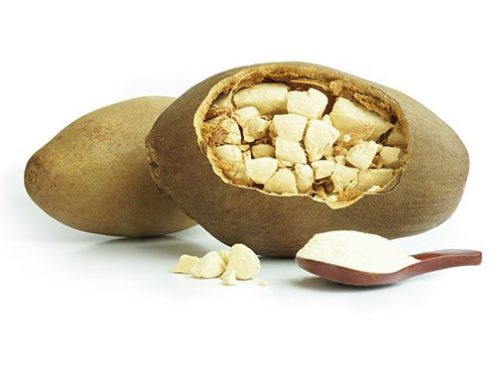Bored with the thanksgiving menu? Try insects!
FoodNavigator-USA, one of the newsletters I subscribe to, has a special edition on edible insects.
If you want to know what the food insect industry and market look like these days, this is a great place to get the big buggy picture in a hurry:
- Edible insects in focus, part I: CPG 2nd wave focuses on benefits, not bugs… ‘It’s like taking Jell-O and saying, ‘Hey! we’ve got a bunch of ground up cow bones and sugar. You want some?’ Back in 2013/14, no food innovation conference was complete without at least one session promoting edible insects as the next big thing in ‘alternative protein.’ Since then, the field has become littered with the corpses of bug-fueled startups that ran out of cash or energy. But some have stuck around, some have pivoted to petfood or animal feed, and some exciting new players are now emerging on the scene…. Read more
- Edible insects in focus part II: Scale and automation… Aspire Food Group gears up to open world’s largest edible cricket processing facility Aspire Food Group – which is on a mission to automate and professionalize edible insect farming – aims to start production at a CAD $90m 100,000sqft automated cricket processing facility near London, Ontario, in Q1/Q2 of next year that will produce 10,000 tons of crickets/year in phase one alone, a potential gamechanger in the human food and pet food arena, claims the firm…. Read more
- Edible insects in focus part III: Farming, from Mexico to Ontario to Israel… ‘At this point, if you’re still in business, you definitely know what you’re doing’ “We’ve seen people come and go in the edible insects space, but the people who are still around know what they’re doing,” observes Hector Jimenez at Nutrinsectos in Guadalajara Mexico, who – like many people in this nascent industry – first got the edible insects bug (excuse the pun) after reading a high-profile FAO report* in 2013…. Read more
- Edible Insects in focus part IV. Hargol FoodTech: Grasshoppers, gummies, and patience…Edible insects were always going to be a slow burn in the alternative protein market in Europe and North America, given the ‘ick’ factor and the lack of infrastructure to farm and process them at scale, says Israeli firm Hargol FoodTech. But while the human food market has moved at a frustratingly glacial pace, the industry is professionalizing (as many hobbyists give up), and there are emerging opportunities, particularly in new applications such as gummies and meat alternatives…. Read more
- Edible insects in focus part V. Gym-N-Eat Crickets: ‘My ideal customer is a woman with kids under 10’“ A lot of cricket protein products seem to be bars and powders targeted at 18-35 year old males that are into mountain biking,” observes Shelby Smith, founder of Iowa-based edible insect startup Gym-N-Eat Crickets. “But in my experience, having interacted with thousands of people, women are the key to this market. My ideal customer is a woman with kids under the age of 10.”… Read more
And how about some migratory locusts?
- European Commission authorizes migratory locust for human consumption: The European Commission has authorized Locusta migratoria (migratory locust) as a novel food to be placed on the market. This is the second authorization of an insect as a novel food — the first being dried yellow mealworms, which was adopted in July. The term “migratory locust” refers to the adult Locusta migratoria, an insect… Continue Reading

